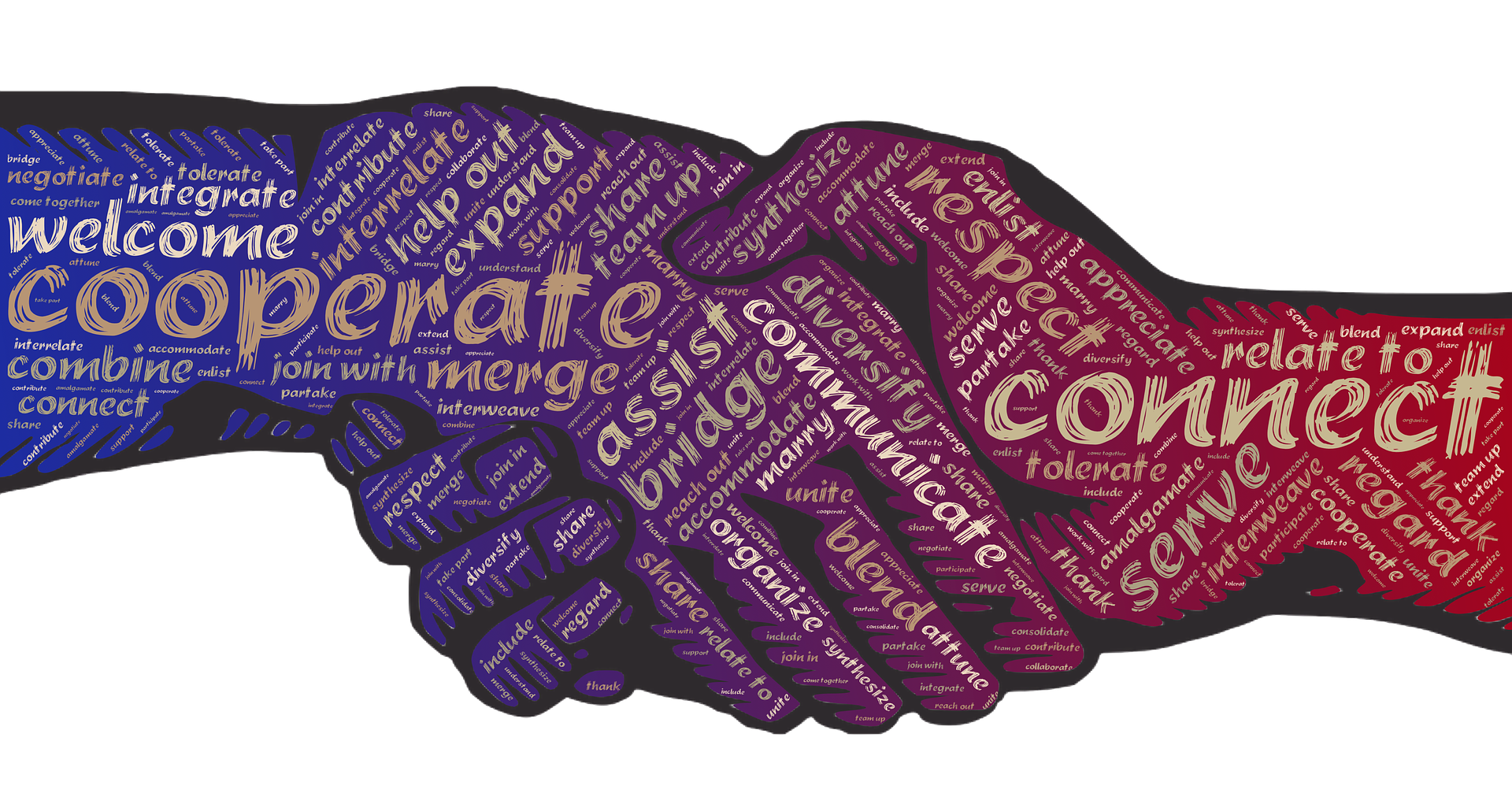Divorce Mediation vs Collaborative Practice
The collaborative practitioners in Niagara are consistently asked if there is a difference between divorce mediation and the collaborative process.
In a nutshell they are fairly close, whereby in both cases the goal is to reach an amicable divorce agreement without going to court. Where the two processes differ is that in mediation, both parties meet with the mediator to build the terms of the divorce or separation agreement at which point the agreement is taken to each party’s individual lawyer to review and ensure issues of law are adhered to. The lawyer may or may not have been involved in the process before seeing the agreement for the first time.
With the collaborative process, creating an amicable agreement without going to court is the ultimate goal as well. In this case, each party is working with their own collaboratively trained lawyer and possibly other collaborative practitioners like financial or family professionals. Each party works with their own lawyer, and also work as a team to achieve an agreement that works for all involved. You and your spouse along with your respective lawyers will meet to discuss the terms of the divorce, working ‘collaboratively’ for the benefit of all involved without going to court.
The major difference is by using collaborative practice for separating / divorcing couples, an agreement is made to not go to court to resolve any issues. Instead each party works together with their respective collaborative professionals to bring together a separation or divorce agreement both parties are happy with. In the end, the separation or divorce agreement is put together by the collaborative lawyers and becomes a binding and legal document.
For both mediation and collaborative practice, information such as financials is provided voluntarily during the process. If the possibility exists that assets are not being fully disclosed or hidden, collaborative practice will not be an alternative in bringing an amicable agreement together.
Another major difference occurs when mediation or the collaborative practice fails. Should the parties not come to a mutually accepted agreement and wish to proceed to court, the two parties can retain the same lawyers used in the mediation process. With collaborative practice, should the process fail, new lawyers for each party will be required to start the process again. This becomes an incentive to keeping the process moving forward for a resolution.
Respect, full disclosure and the willingness to create a win-win solution for both parties involving the overall agreement, finances, assets and the well-being and best-interests of the children (if any) are the priorities. The focus of the collaborative practice is on the interests of both parties, offering a dignified process and the ability to move forward in the new and separate lives of those involved.
Collaborative Practice requires a decision to move forward with the separation or divorce process from the start, whereas mediation can be added to the process at any time. Often divorcing parties will move toward mediation after the litigation process, discovery and other steps have been in process for some time.
In mediation often it falls to the mediator to find the common ground, make suggestions, reason, decide what to share or convey with the individual parties. The collaborative process uses teamwork to openly discuss and suggest ideas. The parties can meet individually with their collaborative professional, but they will also meet as a team to move forward.
Summary:
What Collaborative Practice Is and Is Not
Collaborative Practice is:
- A process that requires two collaboratively trained lawyers. The Collaborative training is typically two to five days depending on the jurisdiction.
- A process that requires a Participation Agreement (PA) to be signed. This agreement has a disqualification clause which means the lawyers must withdraw as lawyers if the matter proceeds to litigation. The Participation Agreement also contains a positive obligation to maintain the status quo with respect to parenting and finances. This is paired with a requirement for full and voluntary financial disclosure.
- An interest-based negotiation process where interests and the law matter.
- Communication protocols for lawyers and the team. An example of this is telephone calls in the place of letters.
- Focused settlement meetings with clear agendas and post-meeting progress notes.
- A closed settlement process, meaning what happens in the Collaborative Process stays in the Collaborative Process. This is aside from the ‘hard’ disclosure documents such as tax returns and agreed upon valuation reports, etc. This is the same as a closed mediation process.
- An interdisciplinary team process which means that in addition to the two lawyers, the team includes one or more of the following: neutral family professional, such as registered psychotherapist/social worker, a neutral financial professional, such as chartered financial divorce specialist or financial mediator, and a certified business valuator, if necessary.
- An opportunity for clients to participate in the settlement meetings. This involves respectful communication where each person listens to the others, and also has the chance to provide input.
- Finished with the joint drafting of a Separation Agreement by both lawyers and signing by the clients.
Collaborative Practice is NOT:
- A way for clients to avoid financial disclosure.
- A way for clients to avoid legal responsibilities.
- process that allows clients to hide behind their lawyers.
- A process for lawyers to advocate using positional bargaining tactics (threats, delays, and ultimatums).
In order to prepare yourself, the following is a reminder about what to keep in mind during the Collaborative Process:
- Avoid taking positions and instead look for interests and concerns.
- Work to understand your partner’s goals and perspectives, without having the need to agree.
- Do your best to keep promises and agreements.
- Put effort into working towards a common solution.
- Mindfully look forward to what is to come instead of back at what was.
- Assume and accept responsibility for choices made.
Note: Not all lawyers, financial professionals and health and family advisors are certified and trained in collaborative team practice services. To see a list available to you in Niagara, click here.


